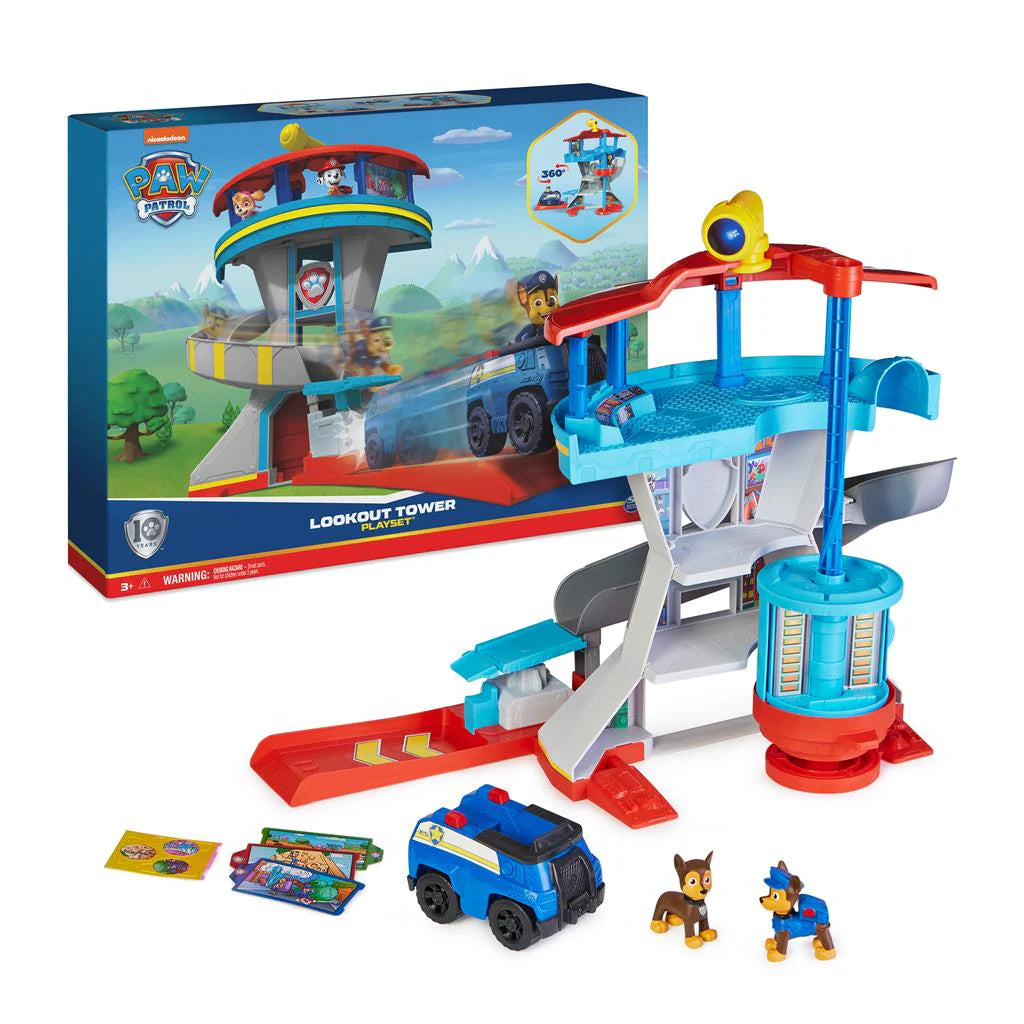An Introduction to Baby Sign Language
Interested in understanding what baby sign language is and how to use it with your baby? We explain everything, including the benefits it provides and some tips on teaching it to your baby

One of the most frustrating things about being a parent is that sometimes you don’t know what your baby wants. The crying could mean many things: hungry, tired, sore tummy or wanting cuddles. That’s where baby sign language comes in. You and your baby can communicate with each other using simple hand signs.
Baby sign language is not the same as New Zealand Sign Language, which is one of our country’s official languages. It is a looser interpretation which has signs for individual words, not sentences. You can begin to teach your baby some signs around six months of age, but they most probably will be unable to sign back until they are eight months old.
Benefits of Using Baby Sign Language
As an adult, you know yourself that when someone doesn’t ‘get’ what you are trying to say, that it’s easy to feel annoyed and just give up. Although a baby won’t give up trying, they will become more and more upset if their need isn’t met.
Teaching a baby to sign gives them a way to tell you exactly what they want. Other benefits can include:
- A happier and more confident baby
- Fewer temper tantrums
- Parents feel more confident in responding to their baby
- Strengthening the bond between a parent and baby
- Often speaking orally earlier
- A wider vocabulary
- A higher IQ and academic achievement
How to Learn & Teach Baby Sign Language
Your job is to learn and practice the signs before teaching them to your baby. Sounds simple enough, and we think it is. Here’s what you need to do:
- Choose a few simple and common signs to learn. Words that are meaningful to your baby are good, such as milk, more, ball and dummy.
- Use eye contact when saying the word out loud to your baby.
- Show the sign and then the object.
- Keep using the signs regularly and teach other caregivers to use them too.
- Add new signs only when your baby can mimic the signs you make back to you.
- Use the word and the sign in everyday activities and consistently use the sign when you use the word.
- Let your baby set the pace and move slowly.
- Keep the signing lessons fun and brief.
To learn how to sign, we suggest checking out the websites of Baby Sign Language, The Bump, and YouTube for helpful diagrams and videos.




Having discovered baby sign language when I was nannying through my university days, and seeing the benefits, I decided it was something I would also do with my own children. My own kids are now 2.5 years and 12 months and are both great, confident communicators and very content kids. I put it down to the positive impact baby sign language has had – and it is pretty cute to see my son use signs to communicate with his baby sister now too. We used the book by Karen Warburton to get started, but many signs have evolved with our family as the kids mimicked them back slightly differently to how the book taught them. Can’t recommend baby sign language enough!
Leave a comment